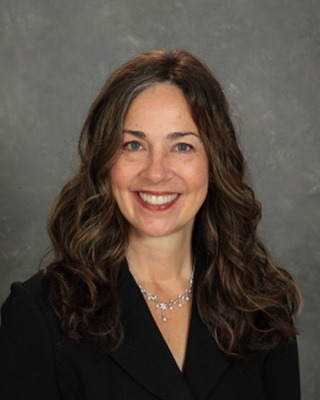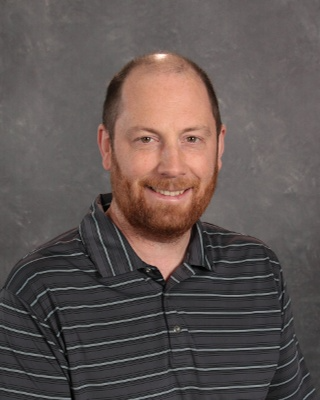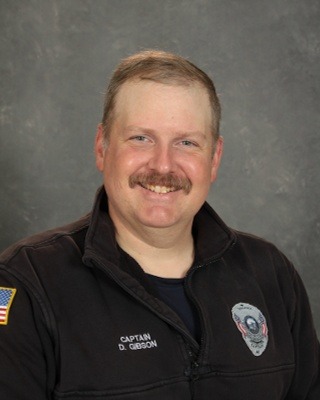SCHOOL BOARD INFORMATION
Unalaska City School District Board of Education
PO Box 570
Unalaska, AK 99685
Phone: (907) 581-3151
Fax: (907) 581-3152
SCHOOL BOARD RESOURCES
SCHOOL BOARD MEMBERS

Ms. Kerry Mahoney
School Board Treasurer/Clerk
Term Expires: 2027
Seat A
Email: kmahoney@ucsd.net
Sick Leave Bank
World Language Curriculum Review Committee
FY27 Budget Committee

Mr. Trever Shaishnikoff
School Board Member
Term Expires: 2026
Seat E
Email: tshaishnikoff@ucsd.net
ELA Curriculum Review Committee
FY27 Budget Committee

Mr. Redmond Rodemio
Student Representative
School Board Member
2025-2026
BOARD OF EDUCATION
School Board President: David Gibson
School Board Treasurer/Clerk: Kerry Mahoney
Board Member: Brian Rankin
Board Member: Amanda Schmahl
Board Member: Trever Shaishnikoff
Student Representative: Redmond Rodemio
UNALASKA CITY SCHOOL DISTRICT ADMINISTRATION
District Superintendent: Kim Hanisch
High School Principal: Carly Morris
Elementary School Principal: Riley Spetz
The School board was created by the State Legislature and charged with the responsibility of providing schools and educational opportunities for children within the school district. The Board consists of five members who are state officials. They are elected to serve overlapping terms of three years each.
WHAT IS THE ROLE OF THE SUPERINTENDENT?
The Superintendent of Schools is a professional educator employed by the Board to manage the day-to-day operations of the schools. The Superintendent of course, has other administrators who assist him/her with that job.
HOW CAN I BE PLACED ON THE AGENDA IF I WANT TO ADDRESS THE BOARD?
Before addressing an issue at the Board meeting, make sure that any preliminary questions you have regarding the issue have been addressed at the administrative level. With open communication between you and the Principal or Superintendent, many questions can be answered without addressing the Board.
Any issue placed on a Board agenda must first have followed the appropriate chain of command that has been set up by the Board of Education. NO item will be placed on the Board agenda for discussion or action until prior discussions have taken place with the Principal and/or the Superintendent in an attempt to resolve the issue.
An interested citizen, who wishes to have an issue placed on the Board agenda, should make a request prior to noon on the Friday preceding the meeting of the Board.
The Superintendent of schools, in conjunction with the Board President, prepares an agenda for each Board meeting, and this agenda is the formal order of business for the meetings. Once a meeting is called to order, no changes in the agenda can be made without consent of at least three members of the Board.
IF I AM NOT ON THE AGENDA, MAY I SPEAK AT THE BOARD MEETING?
Time will be provided for public comment. As an agenda item, Public comment is time for you to address any item on the agenda if you cannot stay for the length of time it takes to come up on the agenda. You may also address any issue not on the agenda during Public Comment. If the issue is not on the agenda, the Board may refer the issue to the administration for resolution, or it may place the item on a future agenda.
Issues that may have a negative financial impact on the District or matters that involve an individual, especially specific children or personnel will not be discussed in a public meeting.
WHEN ADDRESSING THE BOARD, WHAT DO I SAY?
When you make public comment on an issue before the Board, please remember that what you are doing is stating your opinion. Make sure that any questions you have regarding the issue have been answered in advance by administration. By doing this, you will be able to formulate your comments in an orderly fashion with all of the information you need to support your opinion.
When an item comes up for discussion, the President of the Board brings the item forward, asks for administrative comments and/or recommendations, asks for public comments on the item, and then closes the item to public comment before opening Board discussion. At no time will there be debate between the public and the Board of Education.



